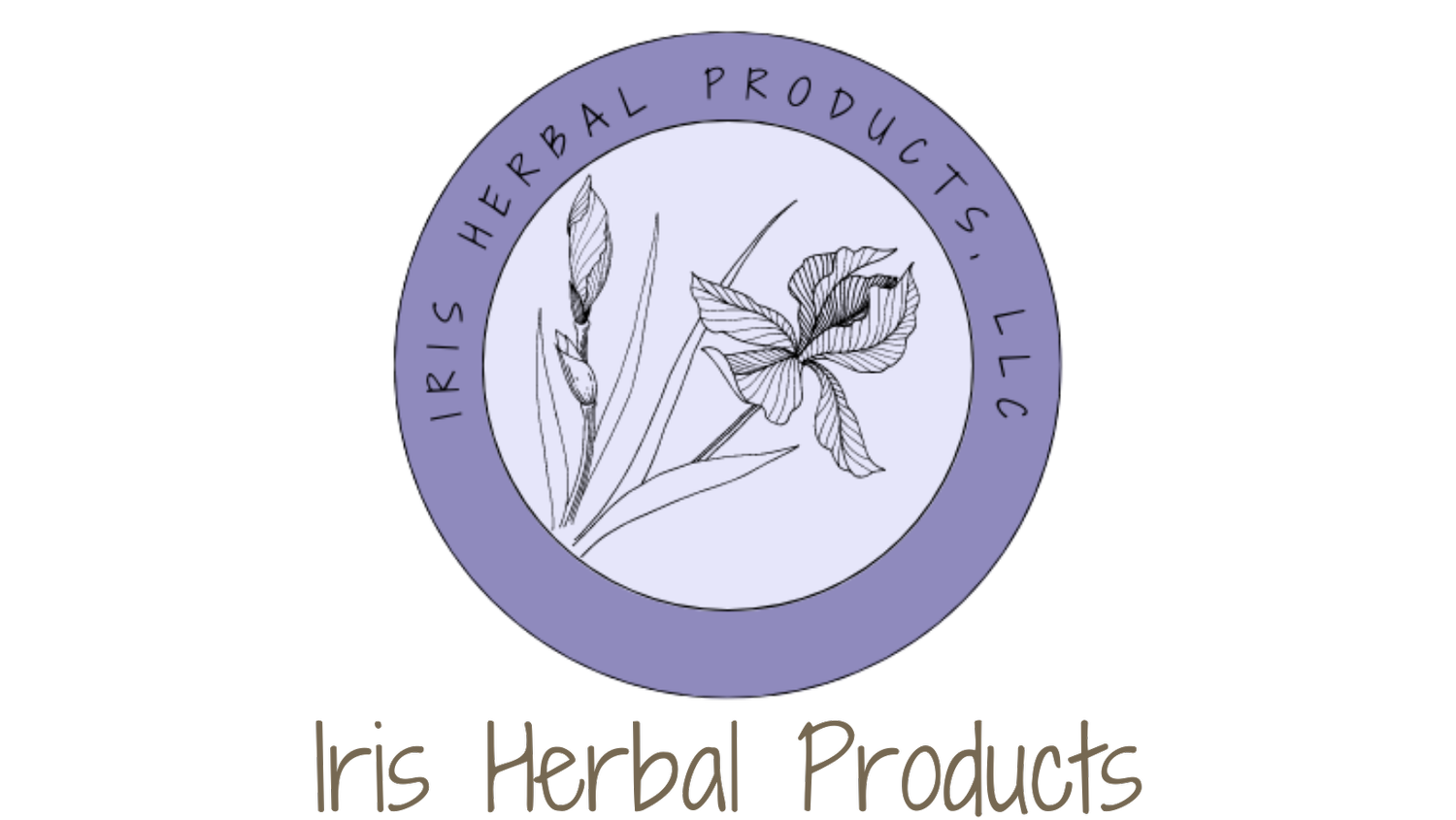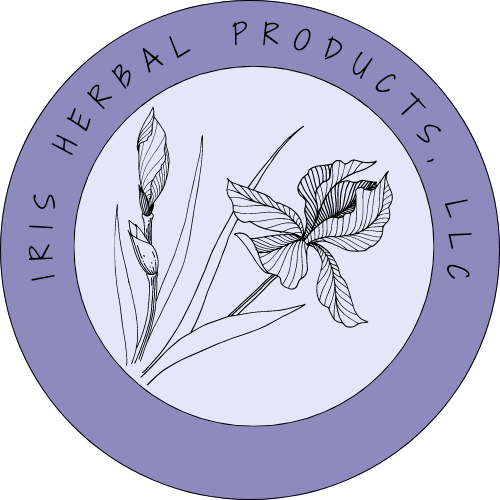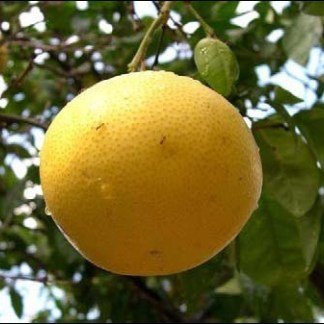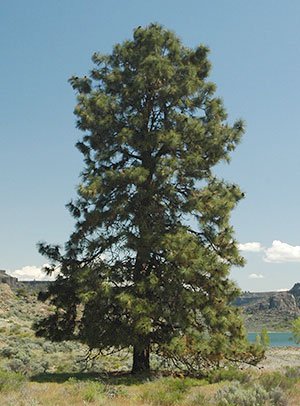 Image 1 of
Image 1 of


Chamomile, Wild
Botanical Name: Ormenis multicaulis
Part of Plant: Flower
Cultivation: Wild
Origin: Morocco
Extraction Method: Steam distillation
Precautions: Generally non-toxic and non-irritant.
Size: 5 ml
For more information, see Wild Chamomile oil profile.
Cathy’s Comments: This is a pale yellow to light brown mobile liquid not at all similar in appearance to the other Chamomile oils. The top notes are fresh-herbal and mildly camphoraceous, and the body notes are sweet cistus-like pleasant apple and grenadine undertones. Chemical and olfactory-wise it is distinctly different from any other oil. It should not be treated as a replacement for Roman or German Chamomile. Kurt Schnaubelt, Ph.D., suggests that it is good for ameliorating allergic reactions. Because of its chemical content (mainly terpenes with alpha-pinene being major, around a third of santolina and yomogi alcohols, some camphor and 1,8 cineole) one might use it as a mucolytic, anti-microbial agent, general tonic, and to help ameliorate sunburn pain and itchiness. It’s also a lovely addition to perfumes.
Botanical Name: Ormenis multicaulis
Part of Plant: Flower
Cultivation: Wild
Origin: Morocco
Extraction Method: Steam distillation
Precautions: Generally non-toxic and non-irritant.
Size: 5 ml
For more information, see Wild Chamomile oil profile.
Cathy’s Comments: This is a pale yellow to light brown mobile liquid not at all similar in appearance to the other Chamomile oils. The top notes are fresh-herbal and mildly camphoraceous, and the body notes are sweet cistus-like pleasant apple and grenadine undertones. Chemical and olfactory-wise it is distinctly different from any other oil. It should not be treated as a replacement for Roman or German Chamomile. Kurt Schnaubelt, Ph.D., suggests that it is good for ameliorating allergic reactions. Because of its chemical content (mainly terpenes with alpha-pinene being major, around a third of santolina and yomogi alcohols, some camphor and 1,8 cineole) one might use it as a mucolytic, anti-microbial agent, general tonic, and to help ameliorate sunburn pain and itchiness. It’s also a lovely addition to perfumes.
Botanical Name: Ormenis multicaulis
Part of Plant: Flower
Cultivation: Wild
Origin: Morocco
Extraction Method: Steam distillation
Precautions: Generally non-toxic and non-irritant.
Size: 5 ml
For more information, see Wild Chamomile oil profile.
Cathy’s Comments: This is a pale yellow to light brown mobile liquid not at all similar in appearance to the other Chamomile oils. The top notes are fresh-herbal and mildly camphoraceous, and the body notes are sweet cistus-like pleasant apple and grenadine undertones. Chemical and olfactory-wise it is distinctly different from any other oil. It should not be treated as a replacement for Roman or German Chamomile. Kurt Schnaubelt, Ph.D., suggests that it is good for ameliorating allergic reactions. Because of its chemical content (mainly terpenes with alpha-pinene being major, around a third of santolina and yomogi alcohols, some camphor and 1,8 cineole) one might use it as a mucolytic, anti-microbial agent, general tonic, and to help ameliorate sunburn pain and itchiness. It’s also a lovely addition to perfumes.







